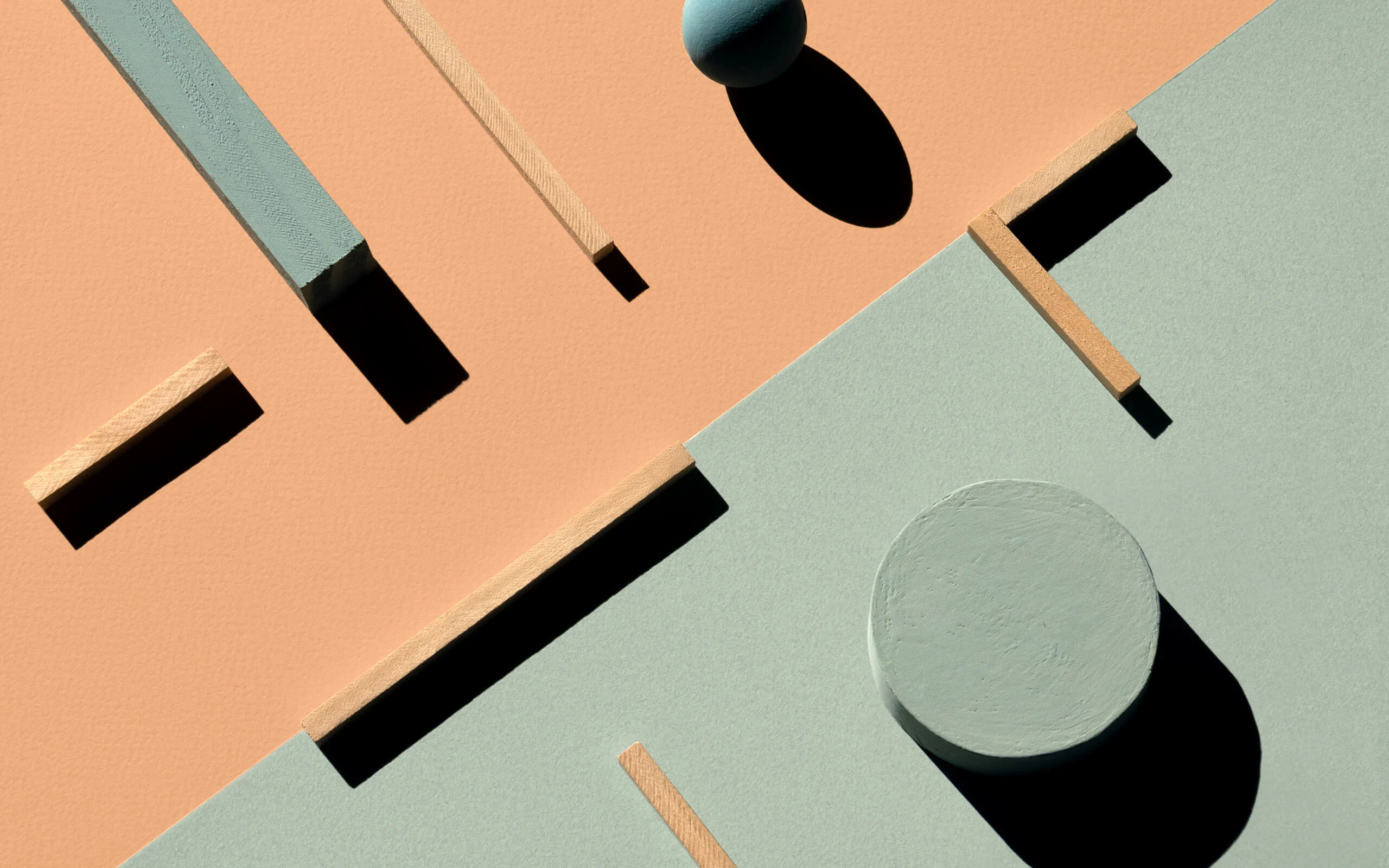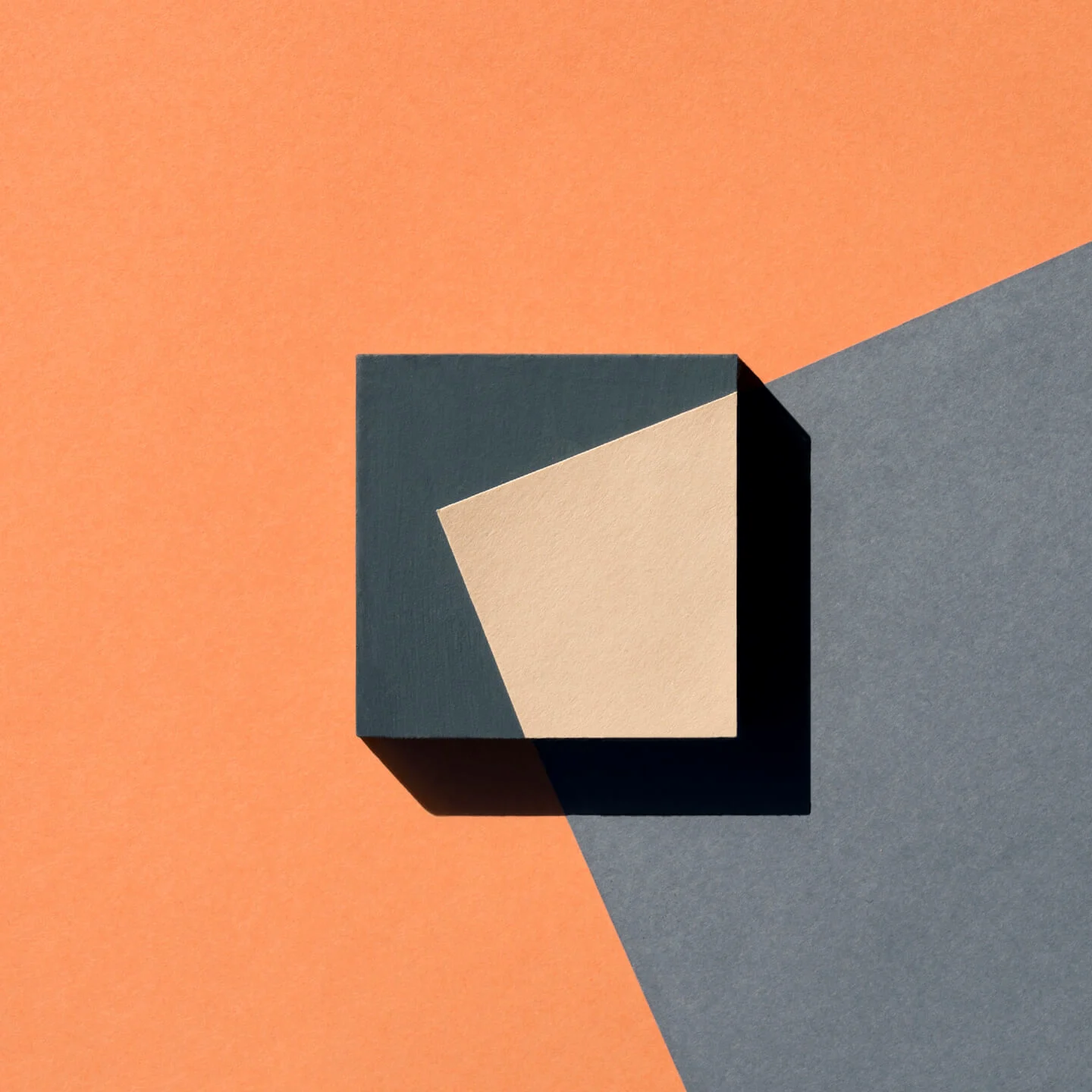
Eloisa Iturbe runs a branding and design studio in Buenos Aires, but she’s not actually that into design or photography. Instead, she’s more inspired by things that aren’t directly related to what she does for work. “I’m more interested in furniture, clothes, food, plants,” she says. “I try to surround myself with well made, functional, good quality objects, instead of something purely aesthetic.”
Her Instagram is a pretty aesthetically pleasing place to spend some time exploring, though. It’s packed with abstract shots; close-ups of plants, slanting stairways and pastel buildings. But what stands out are the compositions she creates using a mixture of everyday objects and geometric shapes that she creates and paints herself. They’re often set against backdrops of mellow pinks, oranges and yellows, while the bright sunlight that Eloisa needs to create her desired images casts crisp shadows across the screen.

Growing up in the Argentinian countryside, Eloisa was far more in touch with nature than she was with art and design. Her interest in the field came later, when she moved to the capital to study graphic design. She began her career working at smaller studios, before transitioning to a bigger studio and leading a team there. After some time gaining experience, she started her own place. “Setting up my own studio was part of a natural process,” she says.
The initial impulse Eloisa felt to begin these compositions came from her desire to try things offline, away from her computer. “I wanted to have an output for creativity other than the commercial work at the studio,” she says. She began to publish on Instagram, and it quickly became her outlet for experiments and ideas.


At first Eloisa was creating pseudo-3D shapes, cutting and pasting cardboard to achieve the desired effect, while also simply taking photos of things she liked outside as a way to inform her work. Most of these photos, particularly her favourites, were taken in full sunlight. “This very strong sunlight revealed every detail and texture, and it cast these strong, dark shadows,” she says. “I really liked the contrast, and it was something that made the photos more graphically appealing.”
So Eloisa decided to try something that combined these two things: sunlit scenes and shapes. The only difference between her practice then and now is that she uses woodblock shapes, rather than cardboard cutouts.


The first part of Eloisa’s process involves choosing the shapes she wants to use. She’s tried a lot of them, but always ends up coming back to squares, circles and triangles. “They are like building blocks: like bricks, cells, atoms,” she says. She then uses gouache to color the shapes, as she likes the matte finish it gives them. And when it comes to laying them in place, it’s largely about intuition. “It’s not that I throw stuff randomly and see what happens,” she says. “I may have some initial idea, or something that I would like to try - for instance a combination of shapes and colors - but what I often think about is balance and imbalance, about contrast, tension or equilibrium,” she continues. “But I always leave the door open for other possibilities, changes along the way, and sometimes interesting things appear that I didn’t expect.”

Eloisa keeps these personal compositions at a distance from her studio work. She started to create them solely for herself, and continues to do so. While her studio work is always a collaborative effort, with input from her colleagues and from the client, Eloisa has total control of this side of her creativity. “This is purely me: what I like, when I want, how I want it.”
With this experimentation in mind, trial and error is another big part of the process for her. “I always leave room for it. I like to have options, so I always try different possible combinations,” she says. “In the end, I think creativity is about the things that appear when you relax a little bit, when you let go and go with the flow. When you can forget about everything, and get to be in the zone, those are the most creative moments.”